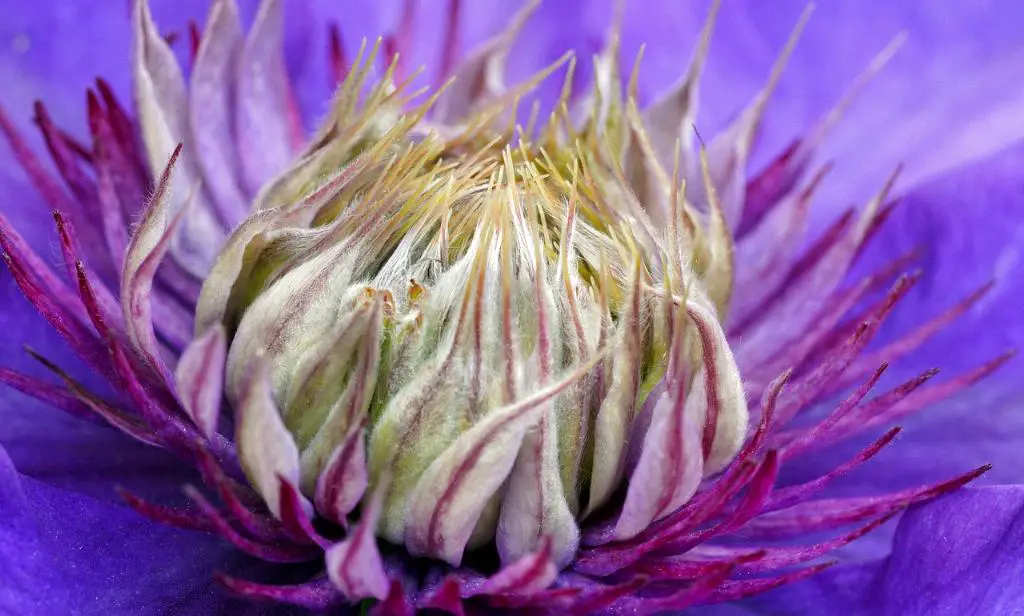When it comes to growing clematis in pots, there are a few important factors to consider to ensure the health and vitality of your plants. One crucial aspect to keep in mind is the size of the planter you choose. It is recommended to opt for a planter that is at least 24 inches in diameter to provide ample space for the clematis roots to grow and thrive.
Choosing the Right Material
The material of the planter is also a critical consideration. While terra cotta or ceramic planters may be visually appealing, they are not the most practical choice for clematis. These types of planters can be prone to cracking, especially during the winter months, which can be detrimental to the health of your plants. It is best to opt for a resin plastic planter that is more durable and can withstand various weather conditions.
Importance of Drainage Holes
Another essential factor to keep in mind when planting clematis in pots is the presence of drainage holes. Clematis roots do not thrive in waterlogged conditions, so it is crucial to ensure that the planter has adequate drainage to prevent water from pooling at the bottom. This will help prevent root rot and other moisture-related issues that can impact the overall health of your plants.
Choosing the Right Soil
When planting clematis in pots, it is important to select the right type of soil. Clematis plants prefer well-draining, nutrient-rich soil that is slightly alkaline. You can use a high-quality potting mix that is specifically formulated for container plants to provide the necessary nutrients and drainage for your clematis to thrive.
Placement and Sunlight
Proper placement of your clematis pot is crucial for the overall health and growth of your plants. Clematis plants require at least six hours of sunlight per day to thrive, so it is essential to place your pot in a sunny location where it can receive adequate sunlight. Avoid placing your clematis in areas with intense, direct sunlight, as this can cause the leaves to scorch.
Support and Training
Since clematis plants are known for their climbing nature, providing adequate support and training for your plants is essential. You can install a trellis, stake, or other support structures in the pot to help your clematis vines climb and grow vertically. Regularly train the vines to encourage upward growth and create a visually appealing display of flowers.
Watering and Maintenance
Proper watering is key to the health of your clematis plants when grown in pots. Clematis prefer consistently moist soil, so be sure to water your plants regularly, especially during hot, dry periods. However, be cautious not to overwater, as clematis roots do not like to sit in waterlogged soil, which can lead to root rot and other issues.
Fertilizing Routine
Regular fertilization is essential to ensure that your clematis plants receive the necessary nutrients for healthy growth and blooming. You can use a balanced liquid fertilizer or a slow-release granular fertilizer to provide your plants with the nutrients they need. Fertilize your clematis plants according to the instructions on the product label to avoid over-fertilization.
Pruning and Deadheading
Pruning is an essential maintenance task for clematis plants grown in pots. Regular pruning helps promote new growth, maintain plant shape, and encourage abundant flowering. Deadheading faded blooms also helps redirect energy back into the plant and stimulates the production of new flowers. Be sure to prune your clematis plants according to the specific pruning requirements of the variety you are growing.
Pest and Disease Control
While clematis plants are generally low-maintenance, they can be susceptible to certain pests and diseases. Keep an eye out for common clematis pests such as aphids, spider mites, and slugs, and take prompt action to address any infestations. Proper sanitation practices, such as removing fallen leaves and debris, can help prevent the spread of diseases and keep your plants healthy.
Winter Protection
During the winter months, it is important to protect your clematis plants in pots from freezing temperatures and harsh weather conditions. Consider moving your pots to a sheltered location, such as a garage or shed, or insulating them with materials like straw or bubble wrap to provide added protection. Mulching the soil surface can also help insulate the roots and protect them from frost damage.
Conclusion
Growing clematis in pots can be a rewarding experience, allowing you to enjoy the beauty of these stunning vines in a confined space. By following the proper planting techniques, providing adequate support and care, and staying vigilant against pests and diseases, you can successfully grow healthy and vibrant clematis plants in pots that will brighten up your outdoor space.

